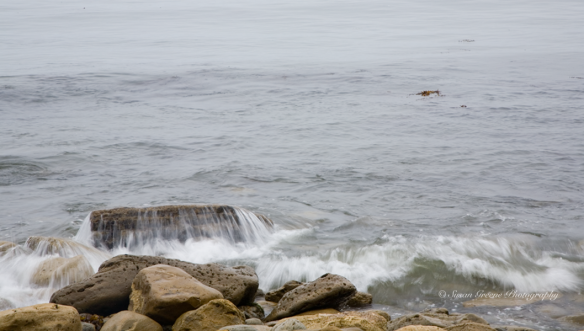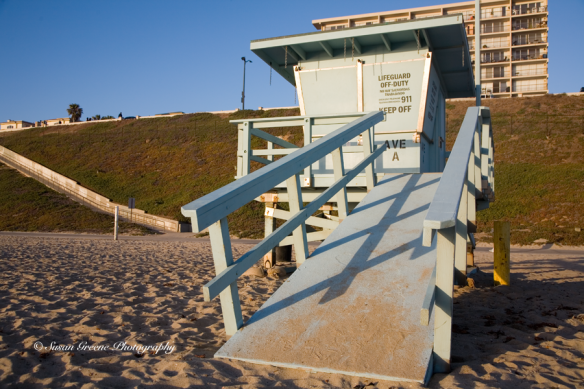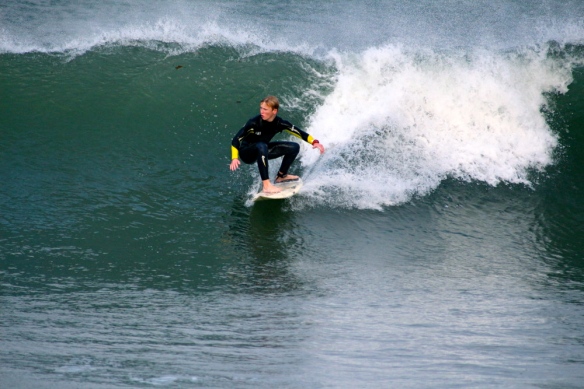“I believe that what we become depends on what our fathers teach us at odd moments, when they aren’t trying to teach us.”
~Umberto Eco
Fathers play harder than mothers. Mothers stand at the edge of the sea, snapping photos of fathers teaching the children that fun might include being roughed up by the ocean.

I suspect mothers are secretly glad the fathers take this job. Children don’t whine when the broad-shouldered fathers take them out in water well over their head. Come on. You can do it. I’m right here.

The children show off a little. Splash their dad. Swim away from him, then back. Cling to his neck. I want to tell the children how this memory will imprint on their bodies. When they are decades older, swimming in the even deeper waters of life, they will recall a surge of power, an inner rush that feels like being a super hero, a whisper from one strong enough to hold you up. You can do this. Yes you can. Come on, I’m right here.
My father taught me, among many things, to body surf and ride waves with a bouncy rubber surf mat in the olden days before Boogie Boards. We roamed Hermosa Beach, Manhattan Beach, Newport Beach, La Jolla. Family outings and vacations were frequently at the beach, always in the water riding waves on rubber mats.

How did my dad, a boy from upstate New York, learn enough wave riding skills to guide his four daughters through all the surf the Pacific could muster, including the most memorable session of all, riding the June, 1973 epic Newport Beach surf churned up by Hurricane Ava? When I ask my father a question, he responds.
In 1945 Richard J. (Dick) Beachman, Captain, USMC, took me, his ten year old second cousin, into the surf at Pacific Beach, CA. He held class. “I’m going to show you how to to swim out into the surf. How to use this piece of ‘gear’ to catch a wave and ride the wave onto the shore.” What he called “a piece of gear” was a mattress cover he had taken (his term was “I liberated it”) from the U.S. Naval Hospital, San Diego where he was being treated. A Japanese sniper’s bullet went through his left hand as he waved his Marines forward during the battle for the island of Guam in July, 1944.
“First thing you do is wet the mattress cover in the surf so it’ll hold some air. Then, hold the open end toward the wind and let it fill up with air. At the same time tie the open end shut. Now you’ve got a big wet cloth balloon. Quick, wade out into the surf, look for a wave coming in. When you see one, turn your back toward the wave, put your arms and chest onto the cover and ride in onto the beach.”
Dick, my younger brother Kevin and I went ‘surfing’ several times. He always brought his ‘liberated’ mattress cover. But, in time he was discharged from the Marine Corp. Dick and his Navy nurse, Juna, fell in love, were married 62 years and raised six children. The mattress cover went with him, or them — or, maybe, he returned it to the hospital.
Though Dick’ mattress cover disappeared I was hooked on riding waves onto the shore. it didn’t take long to learn how to body surf without artificial aid. I enjoyed the sport for many years; a sport I shared with our four daughters.
There are no photos of the young father with his four daughters in the sea because the picture taking job would have fallen to the mother, a woman unable to swim but determined that her children would learn, love, and thrive in the water. She wouldn’t have taken her eyes off the lifeguard, making sure he was doing his job watching us.
The lessons learned in the ocean have lingered with all the Backyard Sisters, proving to be as valuable in life as in the Pacific.
Respect the ocean. Never turn your back on here. That isn’t the same as being afraid. Respect and fear both have a place in life and the wise know which is which.
Walk behind your children. They learn to lead but know you always have their back.
If your daughter crashes and burns, let her cry on your shoulder for just a minute, then remind her of all the way she succeeds.
It’s OK not to know how to do something, but it’s not OK not to try it.

The thrill of learning something from your dad will linger for a lifetime.

Thanks dad for making it seem like you were just playing hard with your kids in the ocean. I see now what you were really doing.
What memory will you share with your father this weekend?
With gratitude,
~Catherine
 Seaweed and sea shells, even though an expected sight, will trigger pondering of the places they’ve been. What happened to the rest of the plant or the sea creature that once called a shell home?
Seaweed and sea shells, even though an expected sight, will trigger pondering of the places they’ve been. What happened to the rest of the plant or the sea creature that once called a shell home? Philosophically, how did these end up in this location, at this time, in this shape at the same time as I?
Philosophically, how did these end up in this location, at this time, in this shape at the same time as I? Seaweed, according to the NOAA website, is “utterly essential to innumerable marine creatures, both as food and as habitat, they also provide many benefits to land-dwellers, notably those of the human variety.” It also comes in many shapes and sizes.
Seaweed, according to the NOAA website, is “utterly essential to innumerable marine creatures, both as food and as habitat, they also provide many benefits to land-dwellers, notably those of the human variety.” It also comes in many shapes and sizes. 
 A mussel shell like a tiny bowl full of water, even though the tide is out and everything in the immediate vicinity is dry makes me curious, but not as curious as this…
A mussel shell like a tiny bowl full of water, even though the tide is out and everything in the immediate vicinity is dry makes me curious, but not as curious as this… If only it could talk, what stories would be shared of its journey and ultimate arrival on the sand in Redondo Beach, California?
If only it could talk, what stories would be shared of its journey and ultimate arrival on the sand in Redondo Beach, California? In the absence of concrete answers, let your imagination run wild. The rope is from a colorful fishing vessel off Mexico. The glass is from a Japanese saki bottle and has been in the water for 25 years. The seaweed has floated down the coast from Alaska before getting caught in a current and deposited on this shore all the while playing host to many sea creatures. You get the picture.
In the absence of concrete answers, let your imagination run wild. The rope is from a colorful fishing vessel off Mexico. The glass is from a Japanese saki bottle and has been in the water for 25 years. The seaweed has floated down the coast from Alaska before getting caught in a current and deposited on this shore all the while playing host to many sea creatures. You get the picture.




































































